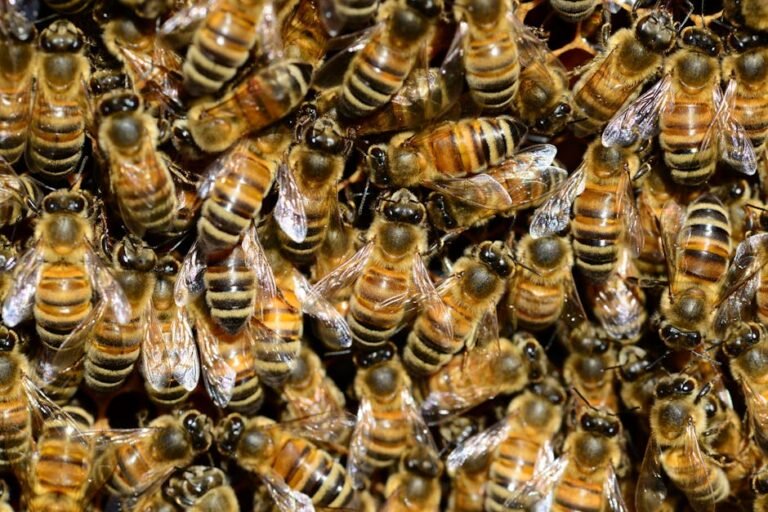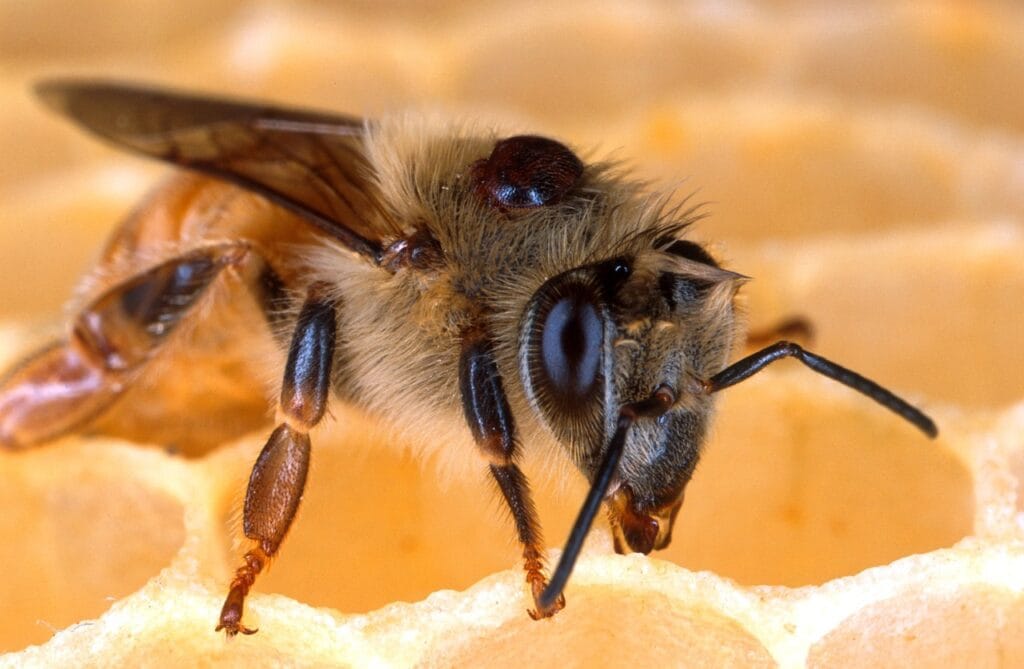The timing of splitting a bee colony is crucial to its effectiveness in preventing swarming. Splitting too early or too late can have consequences for both swarm control and the health of your bee colonies.
Why Timing Matters
- Swarm Impulse: Bees are most likely to swarm when their population is high, space is limited, and resources are abundant—typically in late spring to early summer. Performing a split during or just before this period directly removes the triggers for swarming: overcrowding and queen pheromone dilution[1][2][3].
- Colony Recovery: Early splits give both the parent and new colonies the longest possible time to rebuild strength and stores before the next winter. Late splits risk colonies not developing enough for successful overwintering[4][3].
Optimal Timing
- Best Window: The ideal time to split is early to mid-spring, when colonies are growing rapidly but before they show signs of being overcrowded or initiating queen/swarm cells[1][4][3][5].
- Temperature: Wait until nighttime temperatures are consistently above freezing, as small newly split colonies need warmth to survive. For most regions in the U.S., this means splitting around the time of the average last spring freeze[4][6].
- Colony Condition: Only split strong, healthy hives with abundant bees and brood—weak colonies should not be split, regardless of the calendar[7][4].
Effects of Poor Timing
| Timing | Swarm Prevention | Risks |
| Too Early | Less effective | Weak splits, risk of chilled brood, slow recovery |
| Optimal Time | Most effective | Strong prevention, both colonies recover well |
| Too Late | Least effective | May miss swarm window, colony may already swarm |
- If You Split Too Late: If bees have already started building swarm cells or showing bearding/overcrowding, a split can still help, but may not prevent an imminent swarm. Swarm cells indicate action should have been taken earlier[3][8].
- If You Split Too Early: Weak colonies or insufficient resources mean both splits risk failing, which can be worse than swarming for colony health and survival[4][5].
Practical Guidance
- Monitor for Signs: Watch for bearding, drone production, and brood congestion as cues that splitting time is approaching[3][8].
- Do Not Wait for Swarm Cells: Aim to split before these cells appear—splitting after their appearance is less effective at swarm prevention[3][8].
- Local Conditions: Adjust timing based on your climate—splitting should be done only when foraging resources and temperatures support colony building[4][6][5].
Summary
Splitting hives at the ideal time—when colonies are strong in early to mid-spring, before overt signs of congestion or swarming—maximizes the effectiveness of swarm prevention.
It creates space, disrupts the swarm impulse, and gives both new and original colonies the best chance for robust growth through the season[1][4][3][5].
⁂
- https://www.betterbee.com/instructions-and-resources/increasing-colony-through-split.asp
- https://extension.usu.edu/beekeeping/learn/behavior/splitting
- https://www.foxhoundbeecompany.com/blogs/miscellaneous/best-practices-for-how-to-split-beehives
- https://thebeesupply.com/blogs/beekeepers-blog/hee-hive-splits-season
- https://extension.psu.edu/colony-division-an-easy-method-to-split-a-colony/
- https://www.southernoregonbeekeepers.org/beekeepers-corner/question-early-can-split-hive-spring
- https://www.honeyflow.com/blogs/beekeeping-basics/spring-split
- https://www.honeybeesuite.com/how-to-make-a-swarm-control-split/



